The dietary needs of guinea pigs, often referred to as cavies, are often misunderstood by new pet owners. These small herbivores require a carefully balanced diet to maintain optimal health, yet many commercial pet foods and well-intentioned treats fall short of meeting their nutritional requirements. Unlike other small pets, guinea pigs have unique digestive systems that demand constant attention to fiber intake, vitamin C supplementation, and proper hydration.
Understanding the natural diet of wild guinea pigs provides crucial insight into their domesticated counterparts' needs. In their native South American habitats, cavies primarily consume grasses, leafy greens, and occasional fruits. This high-fiber, low-sugar diet supports their continuously growing teeth and sensitive digestive tracts. Modern pet guinea pigs retain these physiological traits despite centuries of domestication, making their wild ancestors' eating patterns highly relevant to contemporary care practices.
The foundation of any guinea pig's diet should consist of unlimited access to fresh timothy hay or other grass hays. The long strands of hay serve multiple purposes - they provide necessary roughage for proper digestion, help wear down constantly growing teeth, and satisfy the animal's natural foraging instincts. Many veterinarians specializing in exotic pets emphasize that hay should constitute about 80% of a guinea pig's daily food intake, with other elements supplementing this critical staple.
Fresh vegetables play an equally vital role in a balanced guinea pig diet, though they require more careful selection than many owners realize. Leafy greens like romaine lettuce, kale, and parsley offer essential nutrients, while watery vegetables such as iceberg lettuce should be avoided due to their low nutritional value and potential to cause digestive upset. Vegetables high in vitamin C, including bell peppers and broccoli, help prevent scurvy - a common health issue in guinea pigs since they cannot synthesize this crucial vitamin internally.
Commercial pellets formulated specifically for guinea pigs can provide concentrated nutrition when selected carefully. High-quality pellets should be timothy hay-based for adult guinea pigs, free from colorful bits or seeds, and fortified with stabilized vitamin C. However, these processed foods should never replace fresh hay and vegetables, serving instead as a supplementary source of balanced nutrients. Overfeeding pellets can lead to obesity and other health complications, so portion control remains essential.
The importance of vitamin C in guinea pig nutrition cannot be overstated. Unlike most mammals, guinea pigs lack the enzyme L-gulonolactone oxidase necessary for vitamin C synthesis, making them entirely dependent on dietary sources. Chronic vitamin C deficiency manifests through symptoms like rough coat, lethargy, and swollen joints, eventually leading to scurvy if left untreated. While some commercial foods claim to contain adequate vitamin C, the nutrient degrades rapidly after manufacturing, necessitating fresh dietary sources or supplements.
Fruit should be treated as an occasional treat rather than a dietary staple due to its high sugar content. Small portions of apple, blueberry, or melon can provide variety and enrichment, but excessive fruit consumption may lead to obesity, diabetes, or digestive disturbances. The natural sweetness of fruits makes them excellent training tools or bonding aids, but responsible owners limit these treats to a few times weekly at most.
Water intake represents another frequently overlooked aspect of guinea pig care. Fresh, clean water must be available at all times, preferably provided through both a drip bottle and a heavy ceramic bowl to accommodate different drinking preferences. Dehydration can occur rapidly in guinea pigs and often precedes more serious health issues. Some owners mistakenly believe that watery vegetables can replace drinking water, but this assumption can prove dangerous during hot weather or illness.
The transition between different foods requires particular attention with guinea pigs. Their sensitive digestive systems adapt poorly to sudden dietary changes, which can cause dangerous gastrointestinal stasis. Any new food item should be introduced gradually over several days while closely monitoring the animal's droppings and appetite. This cautious approach helps prevent diarrhea, bloating, or complete refusal to eat - any of which could necessitate emergency veterinary care.
Seasonal adjustments to a guinea pig's diet may be necessary depending on local climate and availability of fresh produce. Winter months might require increased vitamin C supplementation when fresh vegetables become scarce or expensive, while summer offers opportunities to provide a wider variety of greens. Some owners cultivate small patches of guinea pig-safe grasses and herbs to ensure year-round access to fresh, pesticide-free options.
Special life stages demand dietary modifications as well. Pregnant or nursing sows require additional calcium and calories, while senior guinea pigs might need softer foods if dental issues develop. Young pups benefit from alfalfa hay's higher protein and calcium content during their growth phase, but this should transition to timothy hay as they mature to prevent urinary stones. Consulting an exotic veterinarian about age-specific nutritional needs ensures each animal receives appropriate care throughout its lifespan.
Observing a guinea pig's eating habits provides valuable health insights. These creatures typically maintain consistent feeding patterns, so any decrease in appetite or change in fecal output warrants immediate attention. The social nature of guinea pigs means they often eat together, making it easier to notice if one animal stops participating in meals. Early detection of dietary-related issues significantly improves treatment outcomes for these sensitive pets.
Common dietary mistakes can have severe consequences for guinea pig health. Overreliance on commercial mixes containing seeds or colorful pieces often leads to selective eating and nutritional imbalances. Inappropriate foods like cereals, bread, or dairy products may cause digestive distress despite the animal's apparent enthusiasm for these human treats. Even some plants marketed as "guinea pig treats" in pet stores may contain harmful additives or excessive sugar that undermine the animal's wellbeing.
The financial aspect of proper guinea pig nutrition deserves consideration during pet adoption. While high-quality hay and fresh vegetables may seem costly compared to generic pet store mixes, they ultimately prevent expensive veterinary bills from nutrition-related illnesses. Many owners find that buying hay in bulk or growing their own greens makes premium guinea pig care more affordable. Viewing these dietary expenses as essential rather than optional reflects responsible pet ownership.
Environmental enrichment through food presentation stimulates guinea pigs' natural behaviors. Scattering hay across their enclosure rather than piling it in one spot encourages foraging activity. Hanging vegetables from cage bars or hiding them in paper bags provides mental stimulation. These simple techniques prevent boredom while promoting physical activity - both crucial elements in maintaining a healthy weight and preventing stress-related behaviors.
Ultimately, understanding and implementing proper guinea pig nutrition requires commitment but yields significant rewards in terms of pet health and longevity. These charming creatures often live five to seven years with proper care, with diet serving as the cornerstone of their wellbeing. By respecting their unique physiological needs and providing varied, high-quality foods, owners can ensure their guinea pigs thrive as happy, active companions.

By /Jun 28, 2025
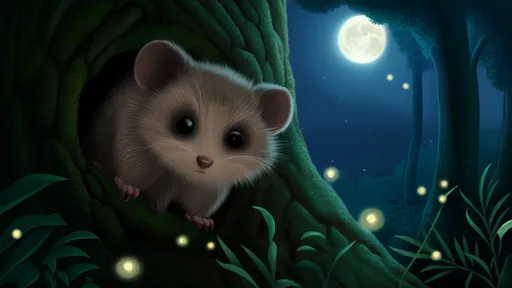
By /Jun 28, 2025
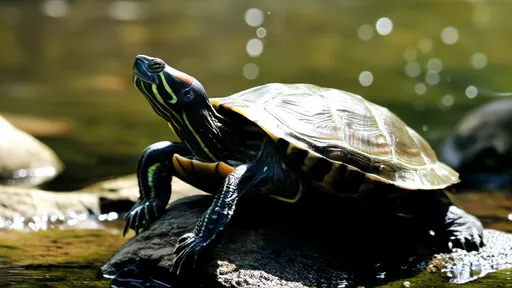
By /Jun 28, 2025
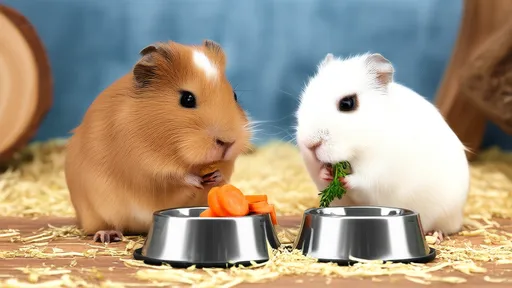
By /Jun 28, 2025
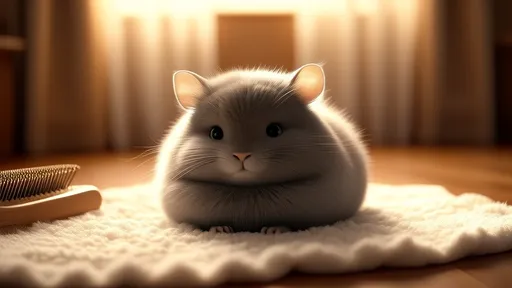
By /Jun 28, 2025
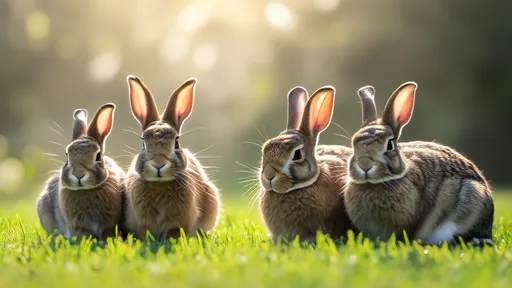
By /Jun 28, 2025

By /Jun 28, 2025
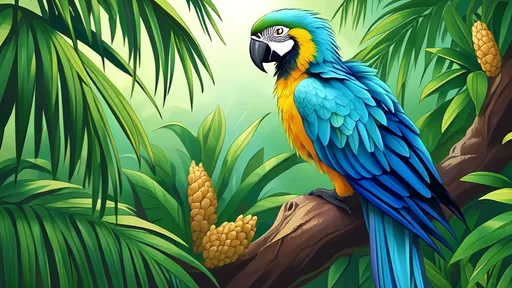
By /Jun 28, 2025
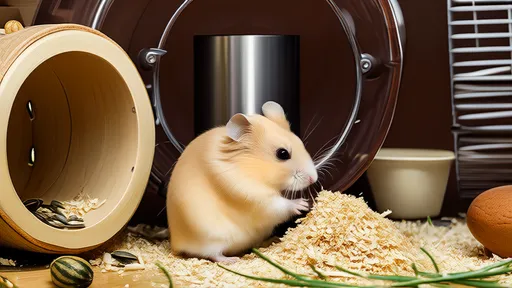
By /Jun 28, 2025

By /Jun 28, 2025
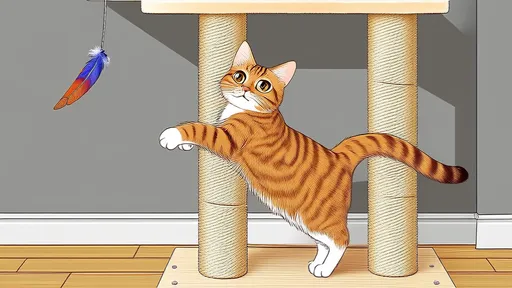
By /Jun 28, 2025

By /Jun 28, 2025
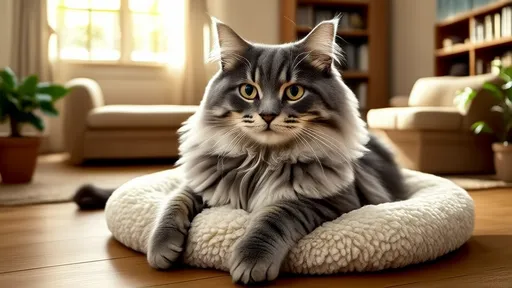
By /Jun 28, 2025

By /Jun 28, 2025
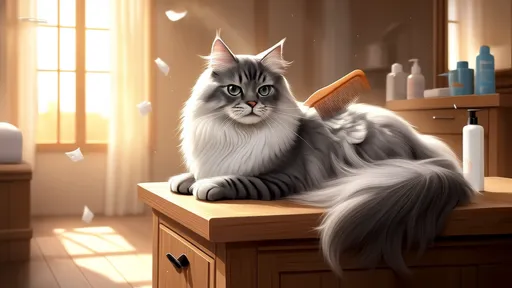
By /Jun 28, 2025

By /Jun 28, 2025

By /Jun 28, 2025
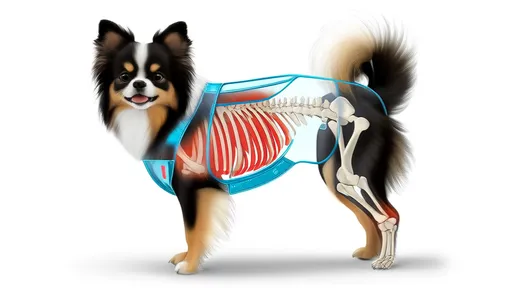
By /Jun 28, 2025